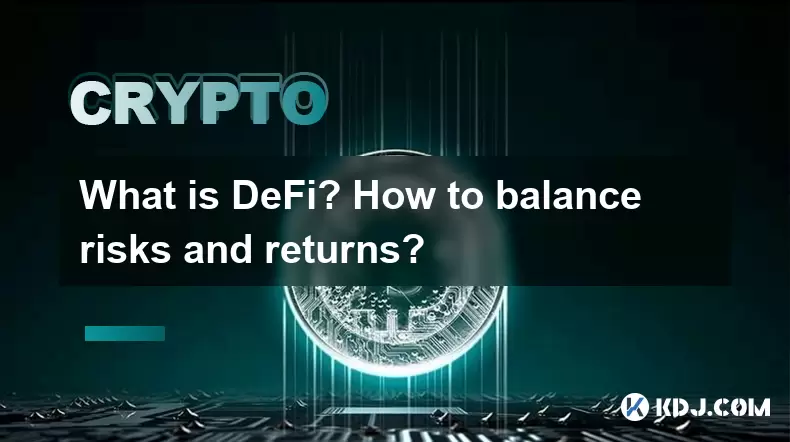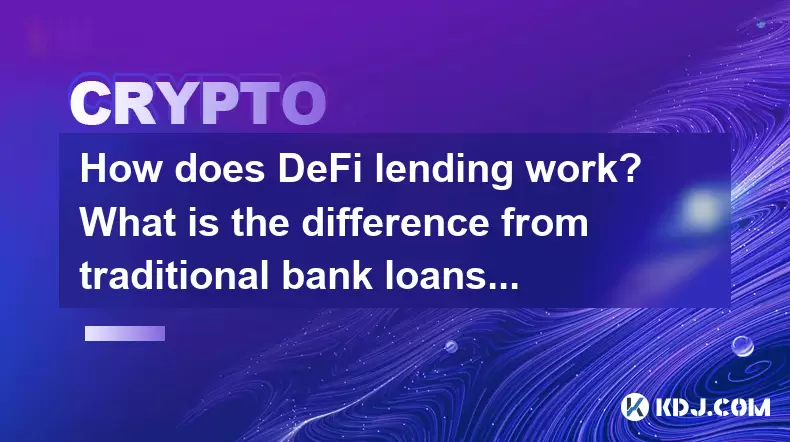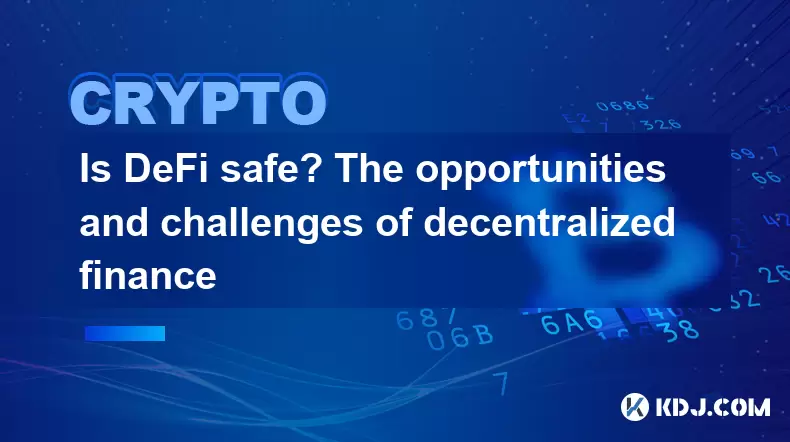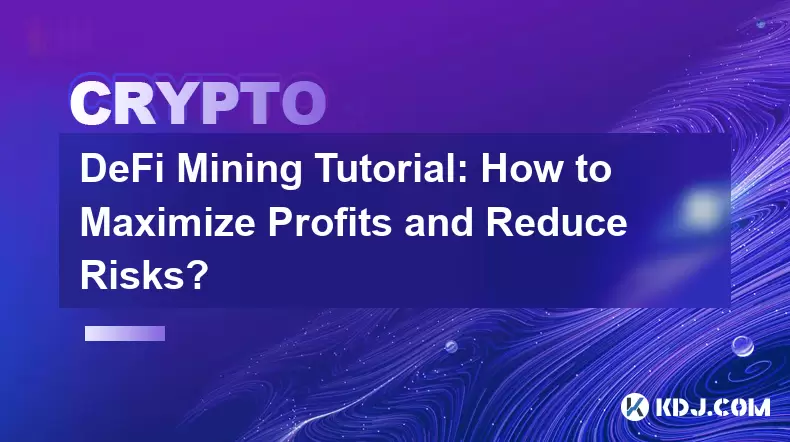-
 Bitcoin
Bitcoin $115200
-2.68% -
 Ethereum
Ethereum $3601
-5.16% -
 XRP
XRP $3.035
-2.96% -
 Tether USDt
Tether USDt $0.9997
-0.04% -
 BNB
BNB $764.5
-5.43% -
 Solana
Solana $168.1
-5.92% -
 USDC
USDC $0.9998
-0.02% -
 Dogecoin
Dogecoin $0.2090
-4.80% -
 TRON
TRON $0.3272
-0.49% -
 Cardano
Cardano $0.7306
-5.00% -
 Hyperliquid
Hyperliquid $39.16
-12.22% -
 Stellar
Stellar $0.3967
-4.96% -
 Sui
Sui $3.566
-5.95% -
 Chainlink
Chainlink $16.55
-6.57% -
 Bitcoin Cash
Bitcoin Cash $552.3
-3.90% -
 Hedera
Hedera $0.2516
-4.69% -
 Avalanche
Avalanche $21.99
-5.75% -
 Toncoin
Toncoin $3.621
-0.28% -
 Ethena USDe
Ethena USDe $1.000
-0.03% -
 UNUS SED LEO
UNUS SED LEO $8.951
0.02% -
 Litecoin
Litecoin $105.9
-3.59% -
 Shiba Inu
Shiba Inu $0.00001232
-5.00% -
 Polkadot
Polkadot $3.640
-5.55% -
 Uniswap
Uniswap $9.048
-7.03% -
 Monero
Monero $301.8
-1.51% -
 Dai
Dai $0.9999
-0.01% -
 Bitget Token
Bitget Token $4.334
-3.66% -
 Pepe
Pepe $0.00001064
-6.17% -
 Cronos
Cronos $0.1367
-5.78% -
 Aave
Aave $259.2
-4.59%
Does COMP coin have prospects? Is it worth investing?
As a governance token in the expanding DeFi market, COMP's value proposition lies in its voting rights and incentives for providing liquidity and participating in the Compound protocol.
Sep 30, 2024 at 03:48 pm

COMP Coin: Assessing its Investment Potential
1. Understanding COMP Coin
COMP is the governance token of the Compound protocol, a decentralized finance (DeFi) platform that allows users to lend, borrow, and earn interest on cryptocurrencies. COMP holders have voting rights on protocol upgrades, interest rate adjustments, and other governance decisions.
2. Historical Performance and Market Capitalization
Launched in June 2020, COMP has experienced significant price fluctuations. Its all-time high of $911.41 was reached in June 2021, while its all-time low of $48.53 occurred in March 2023. As of August 2023, COMP is trading around $55, with a market capitalization of approximately $541 million.
3. Use Cases and Adoption
COMP's primary use case is governance, allowing holders to participate in decision-making for the Compound protocol. It is also used to incentivize users to provide liquidity to the protocol and to reward lenders and borrowers for their participation.
4. Investment Analysis
a. DeFi Market Growth:
The DeFi market has seen tremendous growth in recent years, with Compound being one of the leading platforms in the space. This market growth is expected to continue, providing tailwinds for COMP.
b. Governance and Voting Rights:
COMP's governance features give it a unique value proposition. Holders can influence the direction of the protocol, potentially benefiting from favorable decisions and value accrual.
c. Competition and Competitors:
Compound faces competition from other DeFi protocols, including Aave, MakerDAO, and Uniswap. However, it has a strong market position and a loyal user base.
5. Potential Return and Risks
Investing in COMP involves both potential returns and risks.
a. Potential Returns:
If the Compound protocol continues to grow and innovate, COMP's value could increase as demand for governance rights and the protocol's benefits rise.
b. Risks:
- Protocol security risks: DeFi protocols can be vulnerable to hacks and exploits.
- Market volatility: Cryptocurrency markets are volatile, and COMP's price could fluctuate significantly.
- Regulatory uncertainty: The DeFi industry is evolving, and regulatory frameworks could impact the value of COMP.
6. Conclusion
COMP coin has prospects as a governance token in the growing DeFi market. Its governance features and adoption provide value to holders. However, it is essential to consider the risks associated with investing in cryptocurrencies. Potential investors should conduct thorough research and consider their own investment goals and risk tolerance before investing in COMP.
Disclaimer:info@kdj.com
The information provided is not trading advice. kdj.com does not assume any responsibility for any investments made based on the information provided in this article. Cryptocurrencies are highly volatile and it is highly recommended that you invest with caution after thorough research!
If you believe that the content used on this website infringes your copyright, please contact us immediately (info@kdj.com) and we will delete it promptly.
- Navigating the Crypto Market: Bitcoin, Trader Experience, and Avoiding the Noise
- 2025-08-02 00:50:12
- Deep Agents, AI Task Management, and Evolution AI: A New Era?
- 2025-08-02 00:50:12
- SPX6900, BlockDAG, and Miner Sales: A New York Minute on Crypto Trends
- 2025-08-01 23:30:15
- BlackRock, XRP ETF, and Ripple: Is the Perfect Storm Brewing?
- 2025-08-01 22:50:11
- Solana ETF Momentum Builds: Will SOL Join the Institutional Party?
- 2025-08-02 00:10:15
- Cardano (ADA) Breakout Watch: Is the Sleeper About to Wake Up?
- 2025-08-02 00:10:16
Related knowledge

What is the difference between DeFi and CeFi? An article analyzing the advantages and disadvantages of both
Jun 13,2025 at 03:57am
Understanding the Foundations of DeFi and CeFiTo fully grasp the difference between DeFi (Decentralized Finance) and CeFi (Centralized Finance), it’s ...

What is DeFi? How to balance risks and returns?
May 31,2025 at 12:22pm
What is DeFi? How to Balance Risks and Returns? Decentralized Finance, commonly known as DeFi, represents a revolutionary shift in the financial ecosy...

How does DeFi lending work? What is the difference from traditional bank loans?
May 29,2025 at 05:36pm
Introduction to DeFi LendingDeFi lending, or decentralized finance lending, represents a revolutionary shift in the way borrowing and lending are cond...

Is DeFi safe? The opportunities and challenges of decentralized finance
May 27,2025 at 02:28pm
Decentralized Finance, commonly known as DeFi, has revolutionized the financial landscape by offering a range of financial services without the need f...

DeFi Mining Tutorial: How to Maximize Profits and Reduce Risks?
May 27,2025 at 07:42am
DeFi, or Decentralized Finance, has opened up a new world of opportunities for crypto enthusiasts looking to maximize their profits through various mi...

DeFi Investment Guide: Can Liquidity Mining Really Make Money?
May 28,2025 at 10:18am
Introduction to Liquidity Mining in DeFiLiquidity mining has emerged as a popular method for earning passive income within the decentralized finance (...

What is the difference between DeFi and CeFi? An article analyzing the advantages and disadvantages of both
Jun 13,2025 at 03:57am
Understanding the Foundations of DeFi and CeFiTo fully grasp the difference between DeFi (Decentralized Finance) and CeFi (Centralized Finance), it’s ...

What is DeFi? How to balance risks and returns?
May 31,2025 at 12:22pm
What is DeFi? How to Balance Risks and Returns? Decentralized Finance, commonly known as DeFi, represents a revolutionary shift in the financial ecosy...

How does DeFi lending work? What is the difference from traditional bank loans?
May 29,2025 at 05:36pm
Introduction to DeFi LendingDeFi lending, or decentralized finance lending, represents a revolutionary shift in the way borrowing and lending are cond...

Is DeFi safe? The opportunities and challenges of decentralized finance
May 27,2025 at 02:28pm
Decentralized Finance, commonly known as DeFi, has revolutionized the financial landscape by offering a range of financial services without the need f...

DeFi Mining Tutorial: How to Maximize Profits and Reduce Risks?
May 27,2025 at 07:42am
DeFi, or Decentralized Finance, has opened up a new world of opportunities for crypto enthusiasts looking to maximize their profits through various mi...

DeFi Investment Guide: Can Liquidity Mining Really Make Money?
May 28,2025 at 10:18am
Introduction to Liquidity Mining in DeFiLiquidity mining has emerged as a popular method for earning passive income within the decentralized finance (...
See all articles

























































































